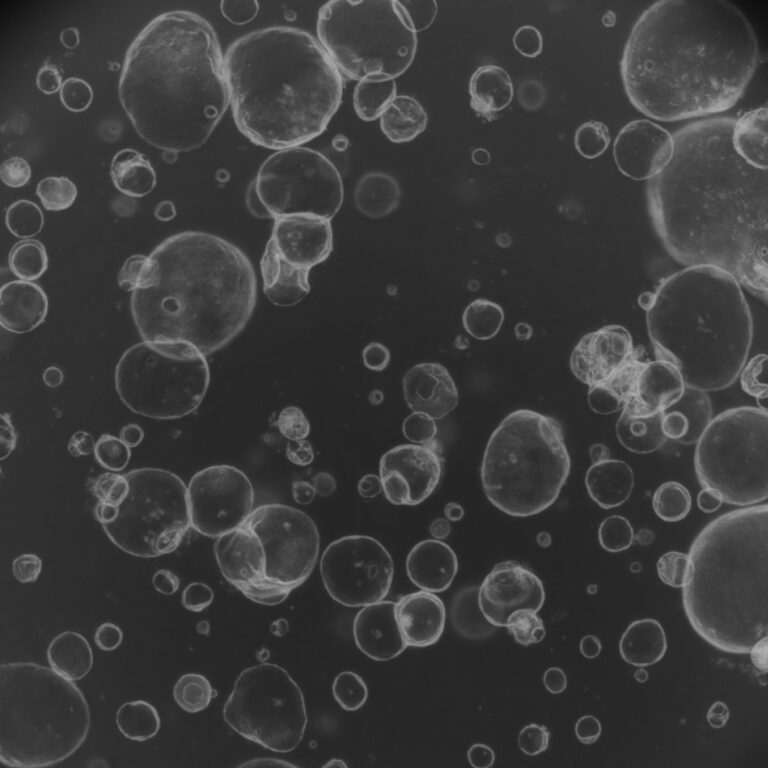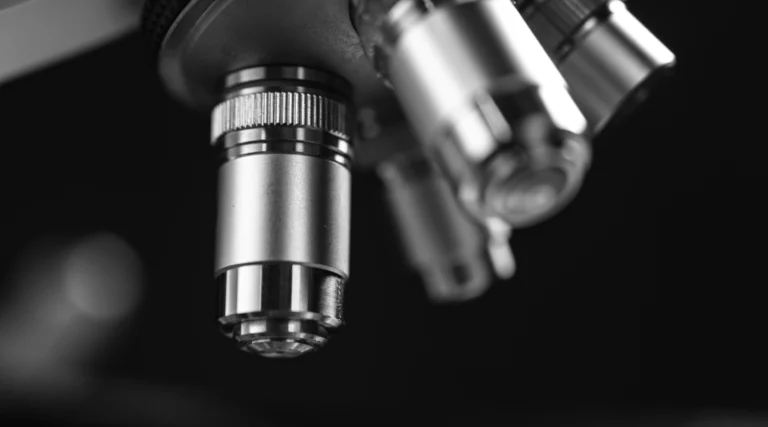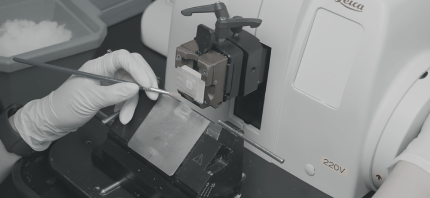Innovations in Drug Testing
Scientists have developed an innovative human liver organoid (HLO) platform that promises significant advancements in predicting drug-induced liver injury (DILI), a major cause of drug failure and market withdrawal. This new model uses liver organoids derived from human stem cells to mimic human liver tissue’s response to drugs more accurately than ever before.
The Problem with Current Models
Traditional methods for studying DILI suffer due to their inability to accurately replicate human liver responses. This has led to frequent drug withdrawals and clinical trial failures. The newly introduced HLOs could revolutionize this process by providing a more accurate, efficient, and scalable method for early drug testing.
How the HLOs Work
The HLOs are tested on two platforms: high-throughput screening and a physiological “chip” system. These platforms have shown that the organoids can effectively identify hepatotoxic compounds and predict adverse reactions before clinical trials, potentially saving billions in drug development costs.
Benefits of the New Model
The liver organoids retain functionality in a high-throughput platform and show increased production of key liver enzymes and proteins when exposed to hepatotoxic drugs. This makes them invaluable for researchers and pharmaceutical companies looking to understand better how new drugs will interact with the human liver.
The Study’s Implications
The research indicates that liver organoids can provide a more reliable assessment of DILI risk, which could lead to safer drug development processes. Moreover, these organoids may serve as a critical tool in developing personalized medicine, as they can be tailored to reflect individual genetic variations in liver function.
Looking Forward
As this technology advances, it may soon become the standard method for pre-clinical drug testing, reducing the incidence of liver damage in patients and accelerating the arrival of safe, effective drugs on the market.
Keywords: Liver organoids, livery injury, hepatotoxicity




